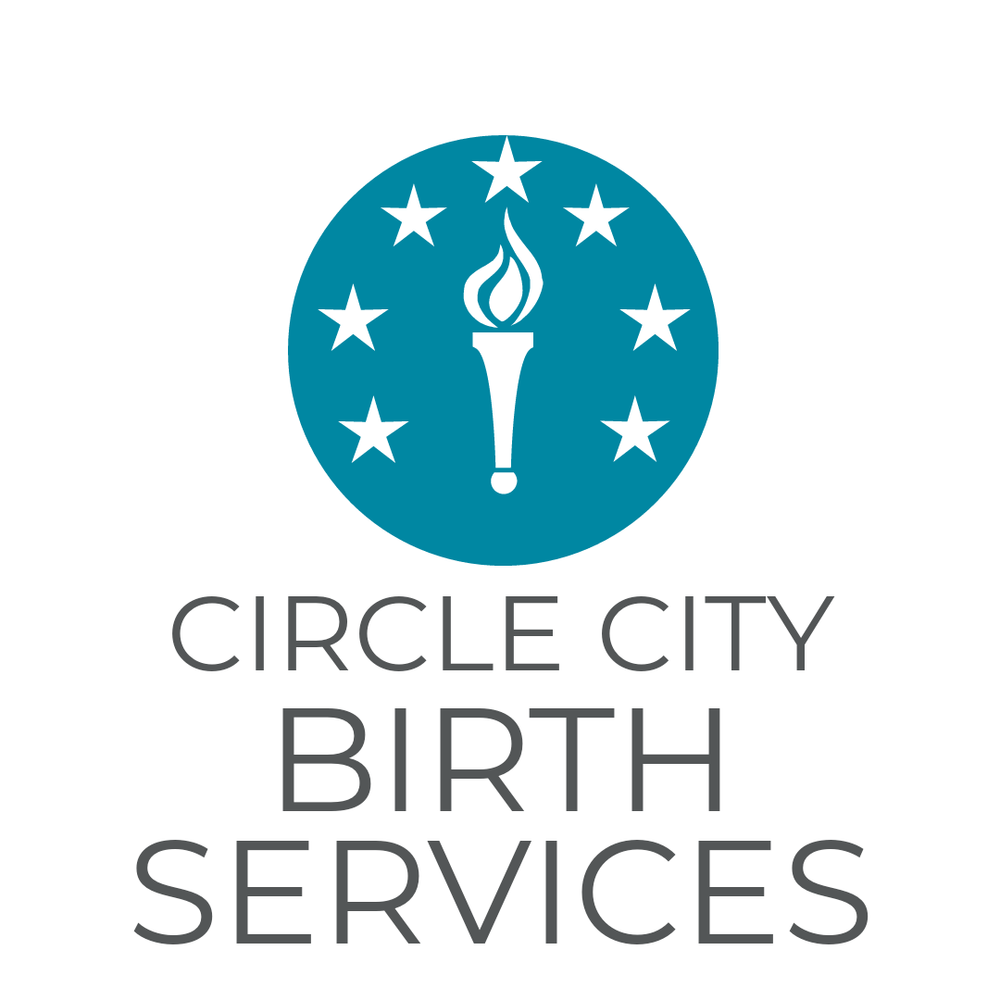Upon the birth of your baby, there is a whole other stage to the birthing process that needs to happen! The nice part is that the contractions required to push out your placenta aren’t anything like contractions to push out your baby. Typically, these feel like uncomfortable menstrual cramps. There are however, options for this phase that you might not know that you have.
Expectant Management…
Active Management …
and lastly, Mixed Management.
A typical Indy hospital protocol for birthing your placenta is Mixed Management, and will involve Pitocin, a synthetic form of the hormone oxytocin. The use of this is in prevention of a postpartum hemorrhage. That said, not every uterus is at risk for such an event and every birthing person might not want this management approach.
The following articles will help you understand the physiologic 3rd stage of labor, explain expectant management and active management models, and help you decide what might be best for you. It will also help you to be informed enough to talk to your care provider about this and come to a decision.
Leaving Well Alone: A Natural Approach to the Third Stage of Labor - an article by Dr. Sarah Buckley, author of Gentle Birth, Gentle Mothering
Birthing the placenta: women’s decisions and experiences
Evidence On: Pitocin for the Third Stage of Labor - this one does well to explain each management style and the research involved. Remember, if any Evidence Based Birth article is too much info or overwhelming to you, scroll to the very bottom and look for the pibk block that reads The Bottom Line for a research summary.
Keep in mind, Pitocin and antihemorrhagic medications can be swiftly administered to anyone in need of them should they choose expectant care and require assistance.
The liklihood that you will have a completely physiologic birth without induction or any technological augmentation is low in a hospital setting. I know that can seem harsh, but this is the truth. Should you have an induction, augmentation with synthetic oxytocin and/or use pain medication, an actively managed third stage may be safest for you. See the following link.
An actively managed placenta may be the best option for most women
Can I have a natural placental birth after induction?
Comparing the odds of postpartum haemorrhage in planned home birth against planned hospital birth:
Conclusions: Women and their partners should be advised that the risk of PPH is higher among births planned to take place in hospital compared to births planned to take place at home, but that further research is needed to understand (a) whether the same pattern applies to the more life-threatening categories of PPH, and (b) why hospital birth is associated with increased odds of PPH. If it is due to the way in which labour is managed in hospital, changes should be made to practices which compromise the safety of labouring women.
While not a study, this is about experience. And for all the times I’ve been in people’s homes and witnessed physiologic birth, almost everytime it is like this:
30 Minute Third Stage by Gloria Lemay
Beyond the Shot: Preventing Postpartum Haemorrhage ~ Wisdom from a Traditional Birth Attendant: In this blog you’ll read the risks of synthetic oxytocin, or Pitocin, how having a hospital birth increases the chances of a postpartum hemorrhage, and ways to reduce the risk of a hemorrhage.
Drug Facts: Pitocin - most people have no idea the associated risks that go along with synthetic oxytocin, and care providers rarely discuss them. Considering how often this is used in technocratic birthing facilities, reading through the drug facts insert is important.
Risks of Postpartum Mood Disorders in conjunction with synthetic oxytocin
Alternatives in Preventing Postpartum Hemorrhage
Dates & Effective Labor - What’s the Connection?
What are the Health Benefits of Eating Dates? “When consumed, they rapidly replenish energy and invigorate the body. Tannins, a type of health-promoting flavonoid polyphenolic antioxidant, have anti-infective, anti-inflammatory, and anti-hemorrhagic (prevents easy bleeding) effects.”
Comparing the efficacy of dates and oxytocin in the management of postpartum hemorrhage: “Conclusions: Use of oral dates after delivery decreases bleeding more than intramuscular oxytocin and it´s a good alternative in normal delivery.”
Cord Traction
In typical active and mixed management, care providers provide what’s called cord traction - the pulling of the umbilical cord to facilitate a faster birth of the placcenta.
Does this need to be standard practice? Does this really help prevent PPH (postpartum hemorrhage)? Read on.
Effect of routine controlled cord traction as part of the active management of the third stage of labour on postpartum haemorrhage : Conclusions - In a high resource setting, the use of controlled cord traction for the management of placenta expulsion had no significant effect on the incidence of postpartum haemorrhage and other markers of postpartum blood loss. Evidence to recommend routine controlled cord traction for the management of placenta expulsion to prevent postpartum haemorrhage is therefore lacking.
